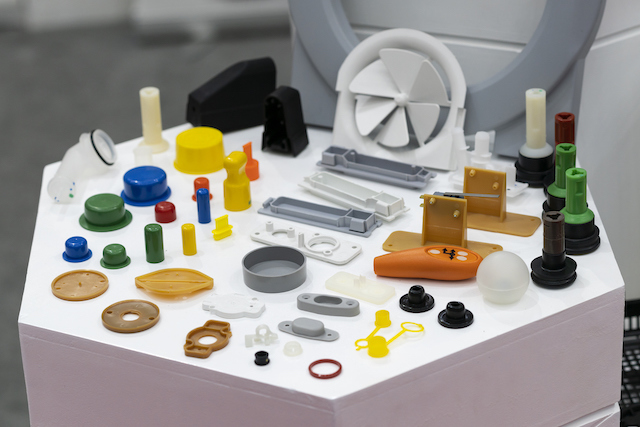
Plastics, polymers, nylons, and other synthetic materials do not often come out of the manufacturing machines looking like we see them in the store. When a consumer sees plastic parts, they see the smooth, flawless design.
Machinists know better. The tedious process of deburring must take place before a plastic component can do its job well. Thankfully, deburring doesn’t require manual labor like it used to decades ago.
Cryogenic deburring removes plastic burrs flawlessly and efficiently. Keep reading to learn more about the deburring process and how cryogenics has revolutionized deburring plastic components.
A plastic burr is a raised area or projection on a plastic component. When machines fabricate plastic parts, the cutting tools work to create the desired shape in a piece of plastic. The machine will stretch the plastic past a point where it can return to its original shape.
As the machine stretches the plastic beyond its original shape, it may crack or fracture the plastic. As a result, burrs form.
Thus, the plastic piece will come out of the machine in the right shape. It may, however, have a number of imperfections across its surface including stringy, hairy, flap, roll-over, and cross-hole burrs.
Such burrs not only look unsightly, but they can compromise the effectiveness of the component.
In the past, plastics technicians would deburr components manually. A technician would use a tool to manually shave off the burrs and smooth out the component. But manual deburring is both labor-intensive and time-consuming.
Cryogenic deburring, on the other hand, uses a process of tumbling and freezing followed by cryogenic-grade polycarbonate media to remove the burrs quickly. Such a process can reduce labor rates and create the same product.
Additionally, cryogenic burr removal maintains the shape and surface finish of the plastic parts.
The manufacturing process of deburring plastic components begins with finding a highly capable company with the right equipment. This equipment can address any one of the four types of burrs which stem from plastics manufacturing.
Each burr comes with its own challenge. Hard-to-reach burrs cause the most problems. While many machinists may opt for manual deburring, knowing they can ensure each burr is removed, cryogenic deburring allows for a cost-effective option with the same effect.
Cryogenic deburring is a fairly simple process. Once a person understands it, they can easily see how the process removes the hard-to-reach burrs.
First, the technician will inspect the incoming plastic component to determine the severity of the burrs. Next, they will put the burrs in a specialized basket. They then place the basket in the cryogenic chamber.
While in the chamber, the temperature is dropped drastically. The basket will move in a tumbler while the machine simultaneously blasts the plastic parts with extremely cold air.
In this process, the burrs will break off. The result is a burr-free component, smooth and ready for use. The technician will then inspect the parts again before sending them to packaging where one more person will inspect the parts.
Such a process ensures burr removal from through holes, blind holes, and even recessed areas.
Cryogenic deburring works well on commodity plastics and specialty polymers. Technicians have used it on precipitation-hardening stainless steels, beryllium copper, and liquid crystal polymers. Technicians have found success deburring the following commodity plastics:
As technicians refine cryogenic deburring, they will discover even more materials it can work on.
Machine deburring saves time and thus money while producing a superior product. The cryogenic deburring process produces a constantly smooth product. Furthermore, you can deburr components in batches when you use automatic deburring compared to the tedious process of manual deburring. A process such as precision centerless grinding will produce a plastic part quickly and consistently. The computer-controlled automatic deburring ensures a consistent product each time as well.
The automated process of deburring plastic components has reached a new level of precision. With cryogenic techniques in place, you can be assured of a smooth, burrless product each time.
Such a product will not only look beautiful, but it will function beautifully. You will see your components do their jobs. Then you can rest easy knowing that the essential cog in the wheel is not going to cause any bigger problems.
Do you have a plastic project that could use some professional help? We are ready to meet your needs. Our 32,000-square-foot plastic fabrication facility and technicians are ready to produce what you need.
We work with several types of plastics including Teflon®, Delrin®, Nylon, Peek®, Torlon®, Rexolite®, Fluoroloy H® and Ultem® and more.
Contact us today and let us help you find a solution to your problem.